The Aston Martin Valhalla, the ultra-luxury brand's first series production mid-engine supercar, is reaping the benefits of the world's fastest laboratory, Formula 1.
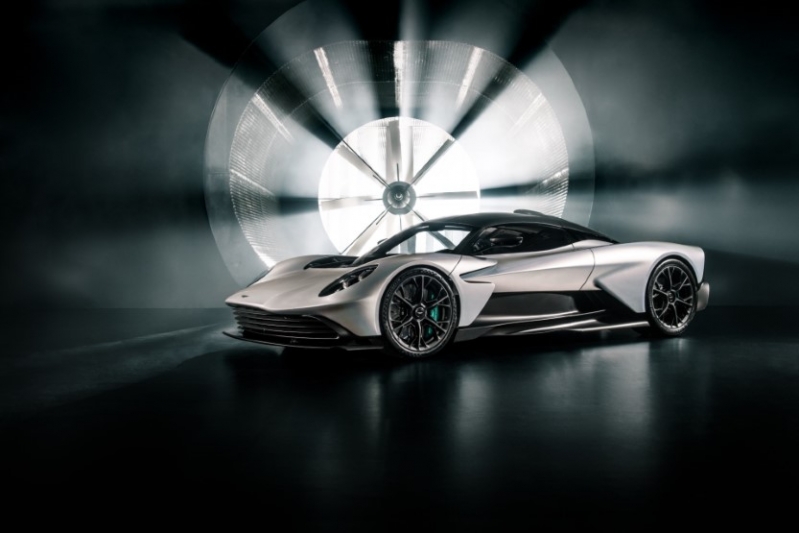
Cutting-edge Formula 1 technology meets the luxury of Aston Martin. Yes, you heard that right; we're talking about the Aston Martin Valhalla.
Picture this: the Formula 1 racetrack, where speed, precision, and performance reign supreme. Aston Martin, keen to capture this essence, has turned to the world's fastest laboratory, Formula 1, to infuse their Valhalla with the very spirit of racing.
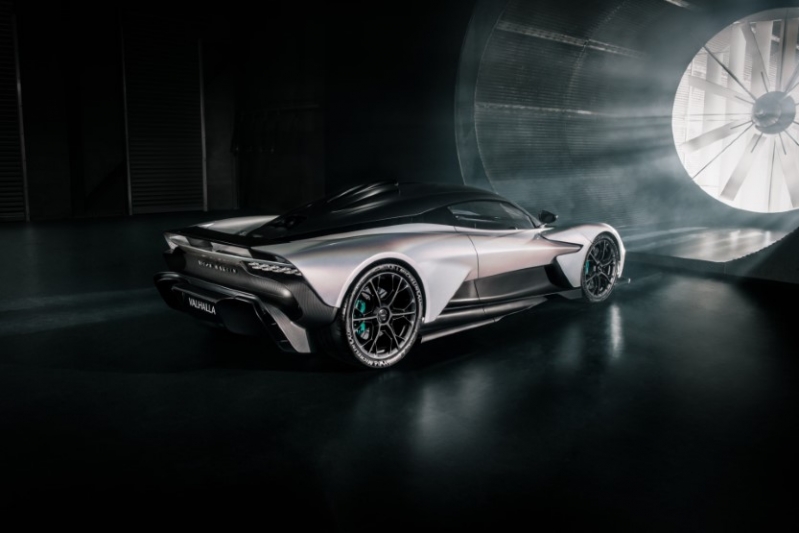
Marco Mattiacci, the Global Chief Brand and Commercial Officer of Aston Martin, explains that Aston Martin has a vision - to create a range of exceptional, driver-focused cars that redefine the game.
And the Valhalla, their first series production mid-engine supercar, is at the heart of this vision. It's the result of a beautiful fusion between road car engineers and the formidable might of the Aston Martin Aramco Cognizant Formula One team.
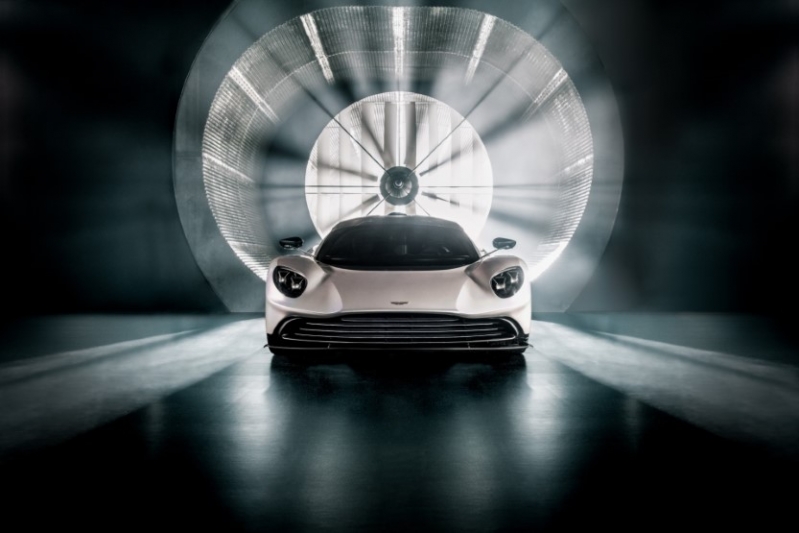
But how does this crossover of worlds work? Well, enter Aston Martin Performance Technologies (AMPT), the consulting arm of the Formula 1 team, bridging the gap between the racetrack and the road.
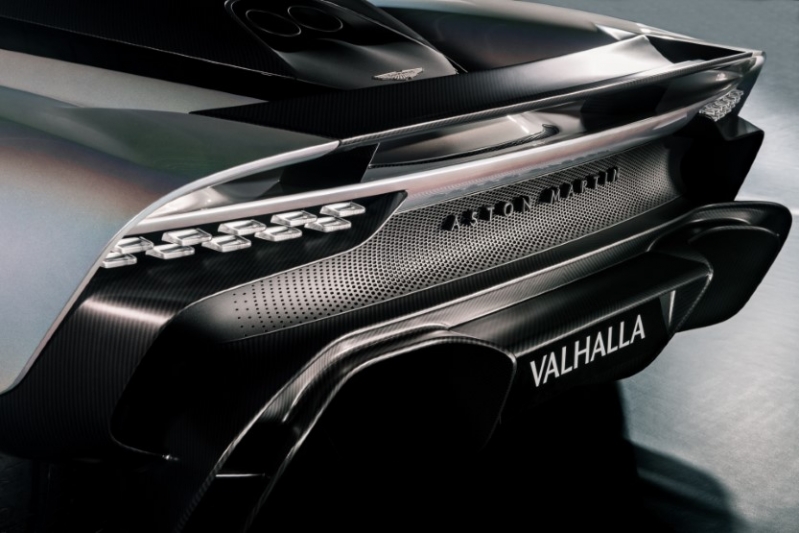
These wizards are lending their expertise in three crucial areas: dynamics, aerodynamics, and materials. By bringing this F1 knowledge "in-house," Aston Martin is stepping up its road car development game.
The Valhalla engineering team, in collaboration with AMPT, is going all out to deliver precision that borders on the sublime. Formula 1 relies heavily on simulation tools to fine-tune their racing beasts, and Aston Martin is taking a page from their playbook.
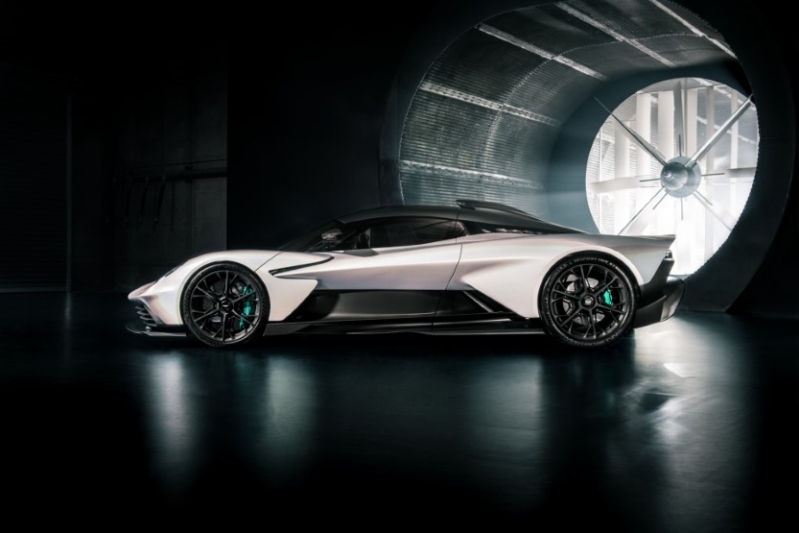
In fact, a whopping 90% of the Valhalla's dynamic characteristics and setup have been perfected in the simulator, with the final touches being added in the real world, on the road and track.
But there's more. The AMF1 drivers, including the likes of Lance Stroll and Fernando Alonso, bring a whole new level of intensity to Valhalla's calibration. Their elite skills and knowledge push the car to the very edge of its performance capabilities, elevating the driving experience to a level previously unseen.
Formula 1, with its ergonomic precision, has inspired every detail in the cabin too. The driving position has been optimized with AMPT's support, ensuring that drivers have race car-level control without sacrificing comfort.
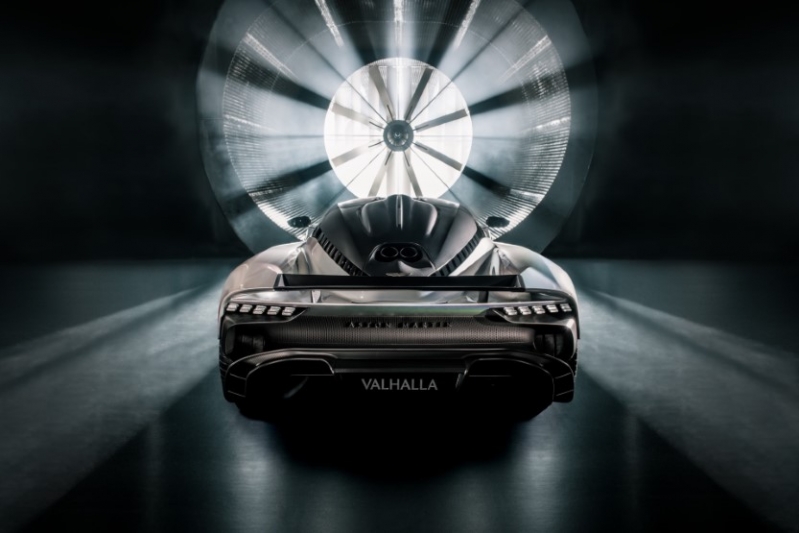
The raised heels and a unique carbon fibre bucket seat, which can be reclined to mimic the AMR23 race car, provide an unparalleled connection between the driver and the car.
And what about aerodynamics? Well, here's where Formula 1's influence is most evident. Valhalla doesn't play by F1 regulations, allowing it to benefit from fully active aerodynamic systems both at the front and rear.
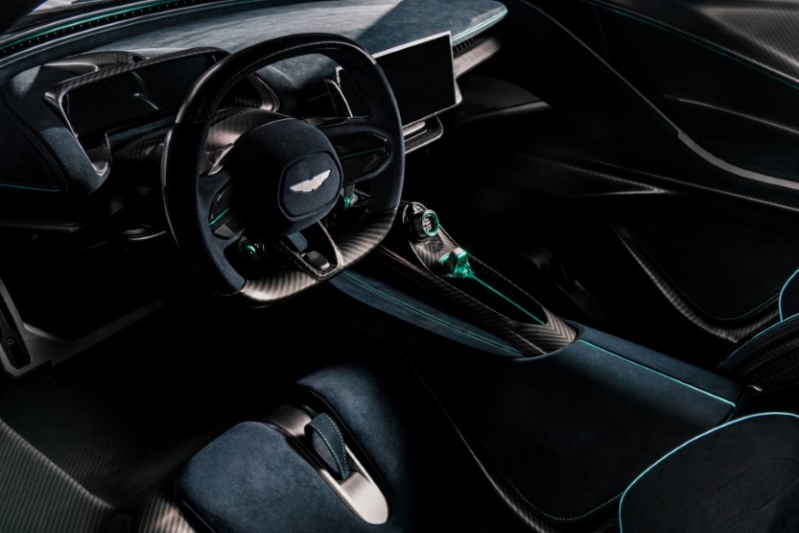
This translates into over 600kg of downforce at 240km/h. Yes, you read that right. Valhalla can adapt its downforce on the fly, giving drivers unparalleled grip, balance, and consistency, or reducing drag when needed.
Take a look underneath, and you'll see where the F1 technology truly shines. The Valhalla's underbody, where most of its downforce is generated, has been crafted with the utmost precision.
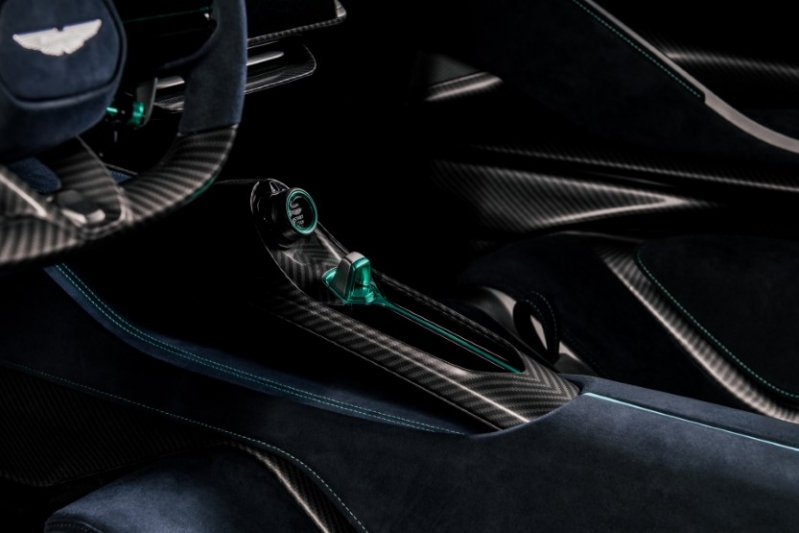
Just like an F1 car, it uses every inch of its body to generate downforce and minimize drag. And those multi-element wings? They're not just for show; they can lie flat to reduce drag or angle up for colossal downforce directly ahead of the front wheels.
But the true magic lies in Valhalla's carbon structure, which is the result of cutting-edge composite technology. Crafted by AMPT, the upper and lower sections of this structure are moulded from carbon fibre using a blend of the Resin-Transfer-Molding process (RTM) and F1-derived autoclave technology.
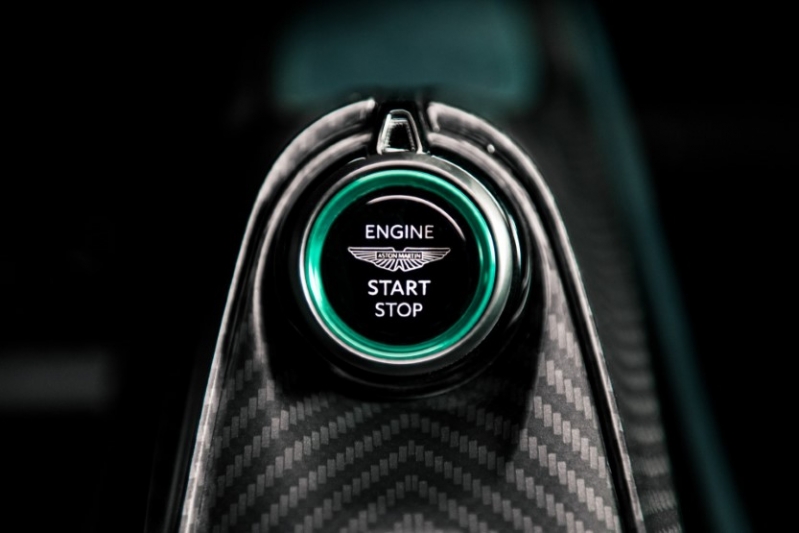
The result? A stiff, strong, and lightweight passenger cell that delivers unbeatable structural attributes and safety without compromising ergonomics.
Now, let's talk power. Valhalla's bespoke twin-turbo flat-plane V8 engine, when paired with three electric motors, creates a mind-blowing 998hp hybrid all-wheel drive powertrain.
Torque vectoring, thanks to two electric motors on the front axle, provides not only four-wheel drive but also independent control of torque at each front wheel. This translates into sharper steering response, better cornering grip, and improved traction.
With this supercar, Aston Martin is pushing the boundaries, bridging the gap between the professional racer and the enthusiastic driver, and creating a masterpiece that's truly a force to be reckoned with.
